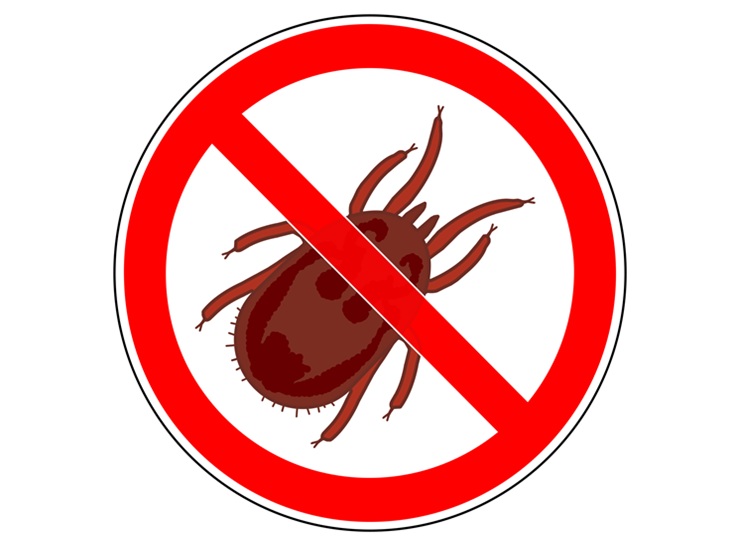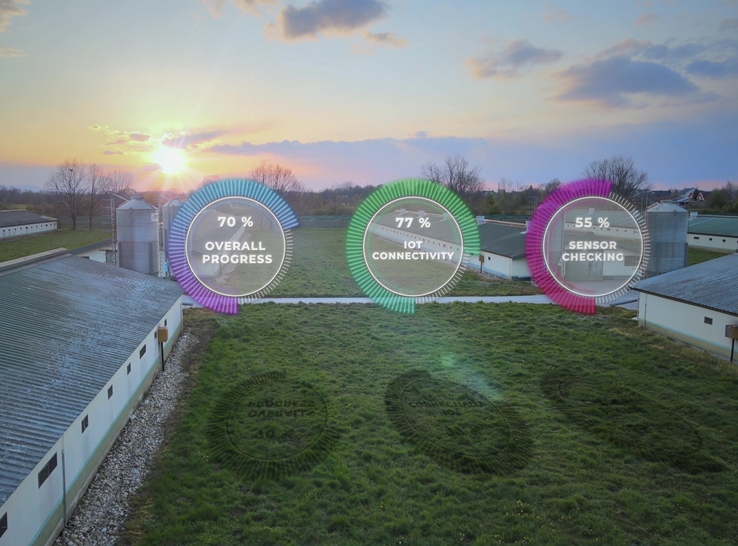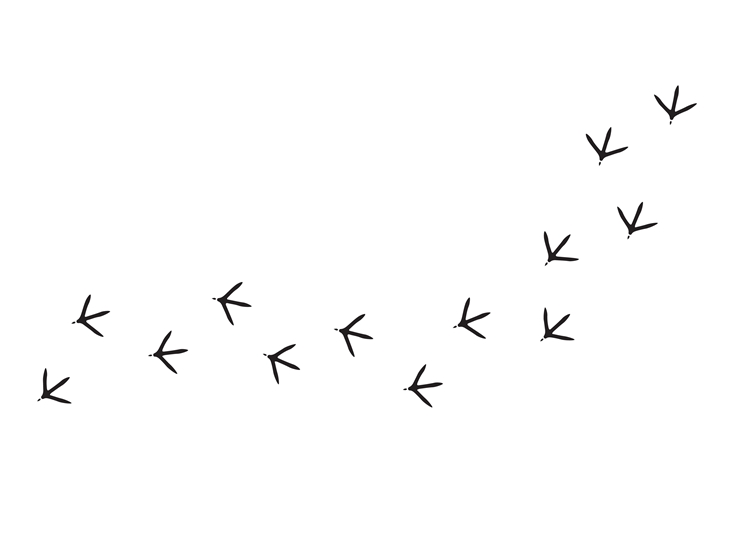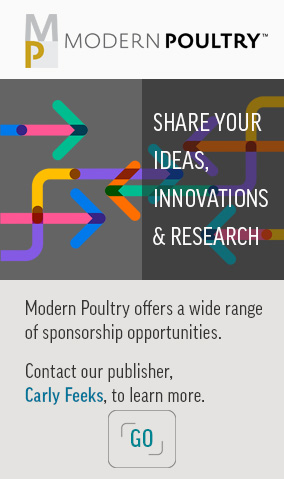There is a buzz about emerging technologies to monitor layers and nudge their behaviors. But, according to Janice Siegford, PhD, from Michigan State University, more “ground truthing” by testing new tech in real commercial conditions is needed to establish whether they will deliver promised advantages for producers.
Siegford studies the impact of changing management practices on laying hens and pigs.
Modern laying facilities are already very technological, Siegford told a webinar audience at the May 2025 Poultry Extension Collaborative symposium, pointing to commonly seen features like automated feed belts and water, thermostats and timers. There is a “ton of ongoing research” to make them even more so, she noted, but cautioned against diving in without doing some in-depth research.
Putting data to the test
Many of the current tech studies geared toward applications with layers use computer vision, wearable technologies and robotics, she said. However, it’s important not to get carried away by trade media reports of “amazing technology.”
For example, studies behind claims about new systems may have used only a few birds. And, while data can be collected quickly from cameras and sensors, “connecting it to ground truth” is most important.
“If you don’t test [the data] to make sure that it’s telling you what you think it’s telling you, then you really have no idea if all of these models, algorithms and predictions that you develop afterwards are actually any good,” Siegford said.
“Another key part in stepping up from these research studies to a bigger-scale application is asking whether the results are generalizable. This is something worth thinking about as you see these potential emerging technologies.”
Real-life testing reveals tech quirks
Siegford has been involved with several technologies under development, including one to disrupt hen piling behavior using computer monitoring and LEDs. In this work, the team found that birds’ reactions to LED patterns diminished over time. Notably, there was some unanticipated bird interaction with the devices’ workings, forcing adjustments.
In another study, which examined the use of a small robot to disrupt floor laying, the researchers also saw unintended effects, with birds quickly acclimating to the robot’s presence before regularly taking rides or roosting on it. Additionally, the team observed that birds liked to lie on or around it.
“In the end, we decided that these robots were actually more effective as enrichment for the hens rather than a deterrence to floor laying,” she said.
She also pointed to a study using a robot-mounted camera on a runner in a caged-layer house to identify dead birds. This was successful, but she warned that this would not be so easily applied to cage-free systems, which are being increasingly adopted.
Even when options look promising for commercial applications, there are further ground-truthing elements to consider, she stressed, including whether technologies can withstand the dusty and often moist environment in layer houses and whether there are any labor or cost implications.
Mastering monitoring
Looking at monitoring alone, Siegford noted that barriers and structures in layer houses can hinder computer vision, which can lead to many cameras being required. Radio-frequency identification tags may be more appropriate for layer monitoring, she continued, and they are now printable and recyclable. However, at scale, tens of thousands of tags make for a “complex endeavor.”
Other emerging options that have promise for monitoring birds include advanced weighing scales, some of which come in the form of a perch. These scales can help producers gauge weight uniformity, she said, and are especially useful when combined with other data.
“If you-re looking at weight and coupling that with feed usage and egg production, you could get some really great metrics about hen weight versus how much feed is going into her weight versus into the eggs, and whether all of those metrics are playing out as you’d expect,” she explained.
While many technologies are in testing at the prototype stage, there are several options already on the market for producers, Siegford continued. These include integrated control modules designed to bring together data from multiple remote sources within the house, helping producers make informed, early decisions about productivity, health and welfare.
Although these breakthrough technologies have their advantages, not all of them may ultimately be suited to commercial scale, at least for now. Some may be more useful for small and backyard producers, she said.
Potential pitfalls of early investors
While researching the market for technologies suited to layer houses, Siegford noted a trend for “broken links,” where beta versions of technologies didn’t make it to full commercial release.
“Every day there’s something new, and every day something goes away that didn’t make it. So, trying to figure out what’s going to stick is a little bit of a dice-rolling proposition right now,” she concluded.
“If you’re thinking about doing this or advising somebody about what to do, it’s key to consider what the goals are. What do you really need? What do you want this tech to do for you? Then you do your research. Once you’ve reached that point, you’re in a better place going forward.”
Despite sounding a cautious note, Siegford believes the introduction of automated technologies can help producers address some of the major issues.
“There’s certainly a lot of space for developing technology that we can use to answer important questions, such as why hens lay on the floor,” she said.
“If we can do research that’s aimed at getting to root causes and motivations and understanding the development of problems or the connection between underlying physiology and resulting welfare changes, then perhaps we can scale up in a different way as we take that information to commercial industry.”






